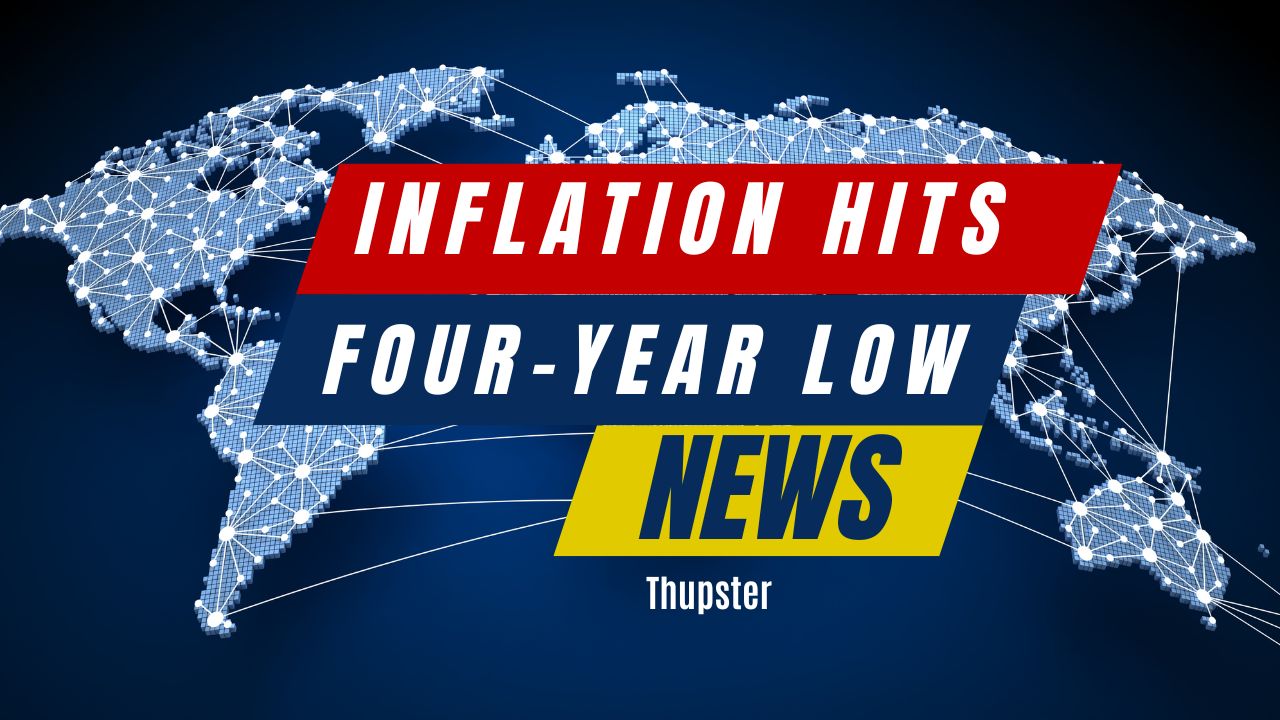Inflation Eased to a Four-Year Low in April Amidst Tariff Uncertainty
The consumer price index reported by the Labor Department shows that overall prices rose by 2.3% compared to the previous year, down from a 2.4% increase in March. This moderation in inflation is significant as it remains above the Federal Reserve’s target rate of 2%. Moreover, the monthly cost increase was only 0.2%, following a 0.1% dip in March.
The tariffs imposed by Trump on various countries had a mixed impact on the prices of different goods. Prices for groceries such as eggs, used cars, and airfares fell sharply, while medical services, auto insurance, and repairs continued to rise. The report captured the economic uncertainty caused by these tariffs but only partially reflected their projected increase in costs.
In response to the tariff tensions, the Trump administration paused its reciprocal tariffs on several countries for a period of 90 days in early April. Additionally, a similar truce was reached with China on May 12, allowing both sides to negotiate further. While some forecasters welcomed this reprieve, others warned that the tariffs would still drive inflation higher within months.
Core inflation, which excludes volatile food and energy items, increased by 0.2% in April after rising by 0.1% in March. This maintained the annual increase at 2.8%, also a four-year low. The tariffs imposed on China had a more significant impact on certain goods such as audio equipment, photographic equipment, furniture, computers, and accessories, resulting in price increases of up to 9%. However, apparel prices declined by 0.2%.
The United States reduced its tariffs on Chinese imports from 145% to 30%, while China lowered its duties on U.S. shipments from 125% to 10%. This move was well-received in the markets and resulted in a significant stock market rally. Despite this, some economists believe that the remaining tariffs would still drive inflation up to 3.4% by year’s end as manufacturers and retailers pass most of these costs on to consumers.
The Federal Reserve is expected to consider reducing interest rates if inflation remains below expectations. However, with a potential tariff-driven inflation spike ahead, it is unlikely that the Fed will lower interest rates anytime soon. The pause on tariffs for Chinese imports could soften the potential inflation surge but also potentially lead to a stronger economy and delayed interest rate cuts.
Egg prices dropped by 12.7% due to the easing of a bird flu outbreak, resulting in decreased wholesale costs and subsequently lower retail prices. Overall grocery prices fell by 0.4%, offsetting the 0.5% rise seen in March. The cost of food away from home continued to increase, with restaurant bills rising due to pandemic-related labor shortages and pay increases.
Gasoline prices declined for the third consecutive month, dipping by 0.1% and decreasing by 11.8% over the past year. This decline can be attributed to lower oil prices and increased production by OPEC countries starting in April. Rent continued to rise moderately, with an annual increase of 4%, while other service costs such as car insurance, auto repairs, and medical care also crept higher.
The ongoing trade tensions and tariff adjustments present a complex picture for the economy. While inflation has eased to a four-year low, it remains above the Federal Reserve’s target rate. The impact of tariffs on different goods varies significantly, with some prices falling sharply while others continue to rise. The agreement between the U.S. and China may offer some relief in terms of tariff reductions, but their long-term effects on inflation and economic growth remain uncertain.
The situation calls for a closer examination of the historical context surrounding these events. This includes an analysis of previous trade policies, their economic impact, and the evolution of international trade relations. Furthermore, understanding the responses and adjustments made by various stakeholders such as consumers, manufacturers, and policymakers can provide valuable insights into the ongoing developments. By exploring these aspects in depth, a more comprehensive picture of the current situation can be achieved.
The moderation in inflation to a four-year low in April indicates some level of stability amidst the uncertainty caused by tariffs. The varied impact of tariffs on different goods and the agreement between the U.S. and China further complicate the picture. As the effects of these developments continue to unfold, it is crucial to closely monitor economic indicators and international trade dynamics. By doing so, a better understanding can be gained not only of the current situation but also of its potential implications for future economic growth and stability.

Leave a Reply